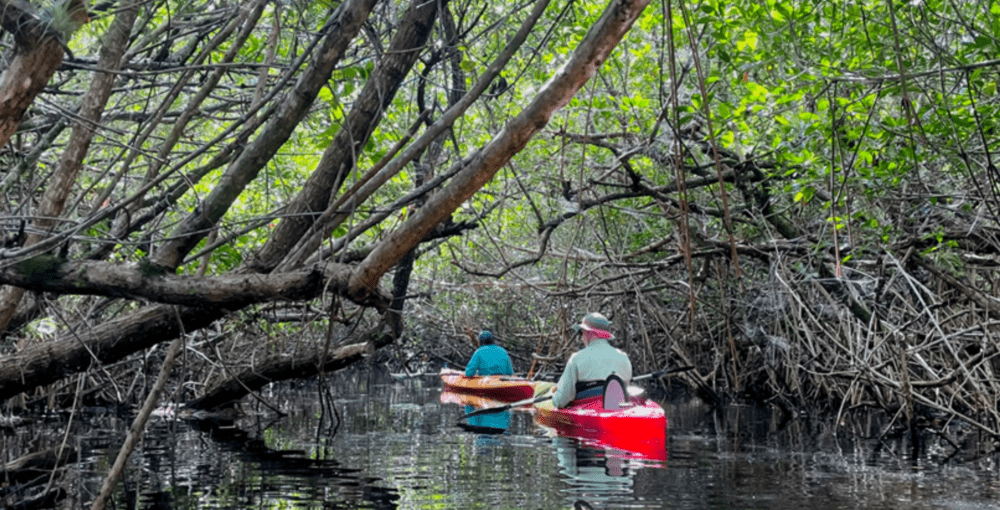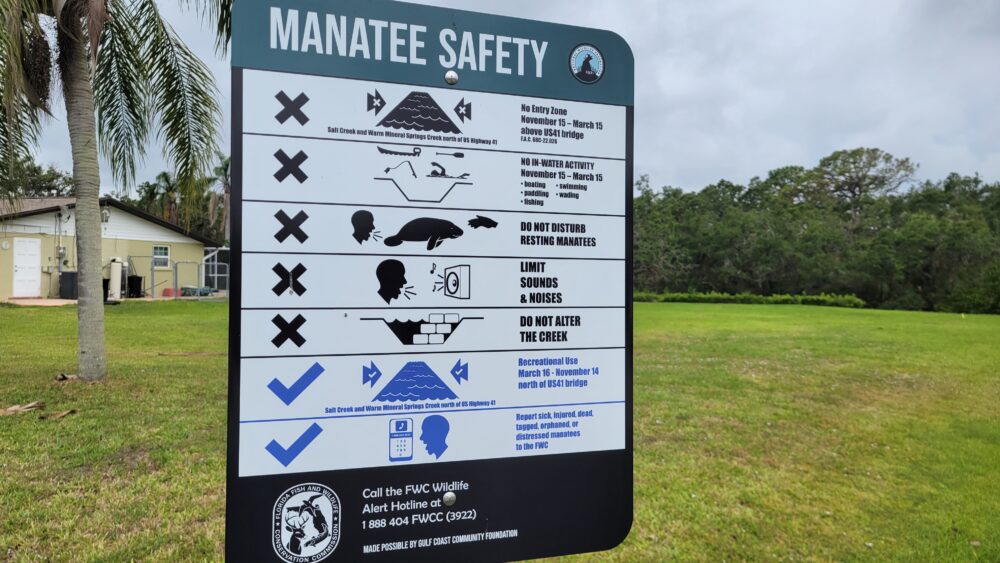We have much more to do and your continued support is needed now more than ever.
Can an Ever-growing Campus Be Sustainable?
We're a little late to the party on this one, but last week's Chronicle of Higher Education feature on space planning and long-term sustainability is full of good stuff.
The issue of space planning on campus is always a sticky one, with individual professors, departments and research teams doing their best to preserve their own interests, which could be anything from always teaching at 10am in a particular room to defending unused extra storage space. And as the cost of building and Scott Carlson reports.
Aside from personnel, facilities budgets are the biggest on campus, and wasted space, even if it’s just a few rooms, can cost a university millions of dollars over a building’s lifetime. The situation gets worse when energy or construction prices spike, as at the University of Michigan, which lost $100 million in state appropriations and was forced to respond with an immediate assessment of its construction and renovations plans, slowing its space growth rate from 2% per year to 0.5%.
And cost is not the only source of difficulty. Sustainability plays a part as well. Schools that have signed the President’s Climate Commitment have promised to work towards significant greenhouse gas emissions reduction, but may find that their need to grow conflicts with the need to conserve. Carlson reports, “campus growth is also still seen as an exciting sign of progress…the State University of New York at Buffalo recently announced a plan to add or renovate some seven million square feet in the next 20 years. Every new building will add to the university emissions.” SUNY-Buffalo, which has signed the ACUPCC, will likely find that no matter how energy-efficient these buildings are, they will hinder or slow its progress towards carbon neutrality.
So what’s to be done?
"Some colleges, for reasons either economic or environmental, are considering a halt to their growth. Administrators at the University of Minnesota, which has signed the climate commitment, are just starting to discuss a no-net-growth policy: If the university builds something new, something else has to come down. That could be a difficult step to take on a campus with lots of historic buildings. And even if such a policy gained traction at Minnesota, it may have to come after the university puts up a new football stadium, a biosciences building, a center for magnetic-resonance research, and other projects already in the pipeline,” writes Carlson.
The idea of no-net-growth is unappealing to many, even if the new spaces end up being better, more efficient, and more useful to students and faculty–which is in no way a guaranteed result. But as the idea of a national cap-and-trade emissions plan gains traction, making energy and construction companies account for their climate costs, the decision may come down to necessity rather than desire.
What do you think of a no-net-growth policty? What are the drawbacks, the benefits? Is it a crucial part of a sustainability plan that includes carbon neutrality?




















